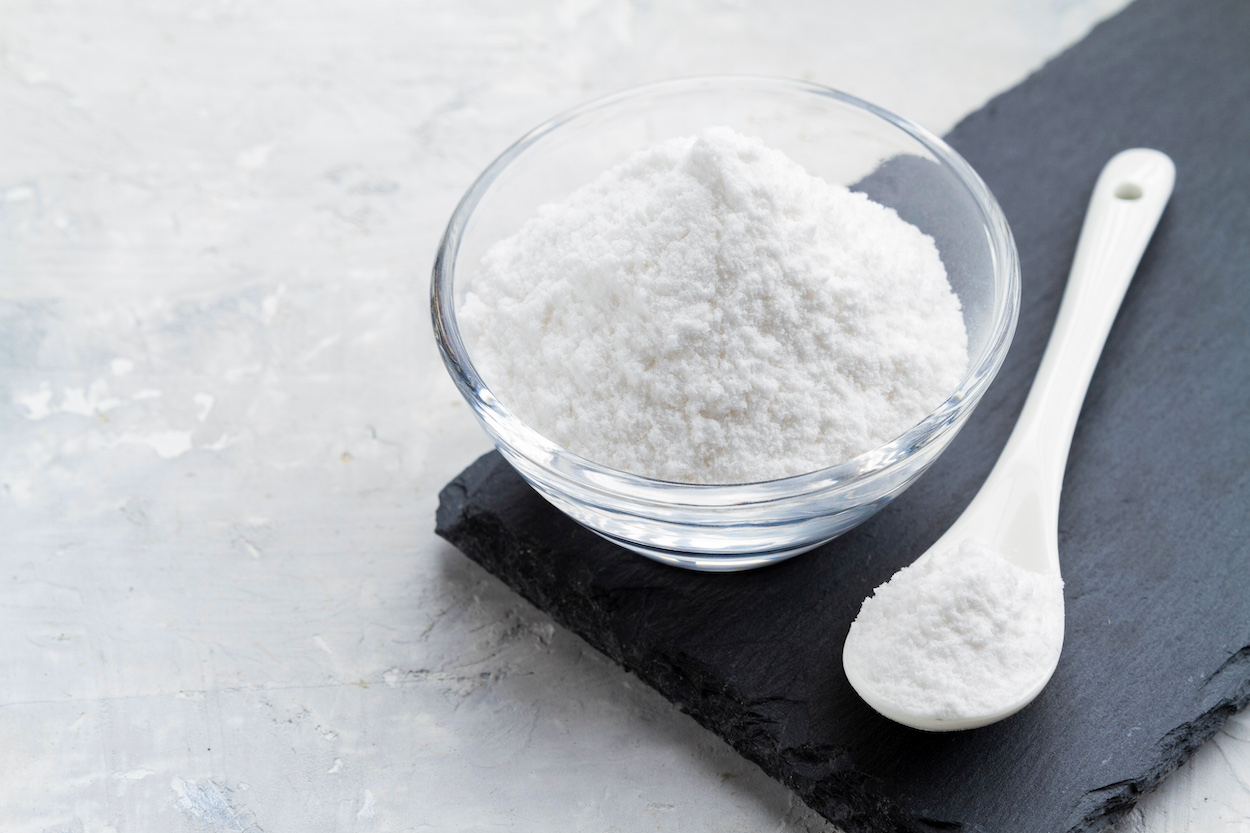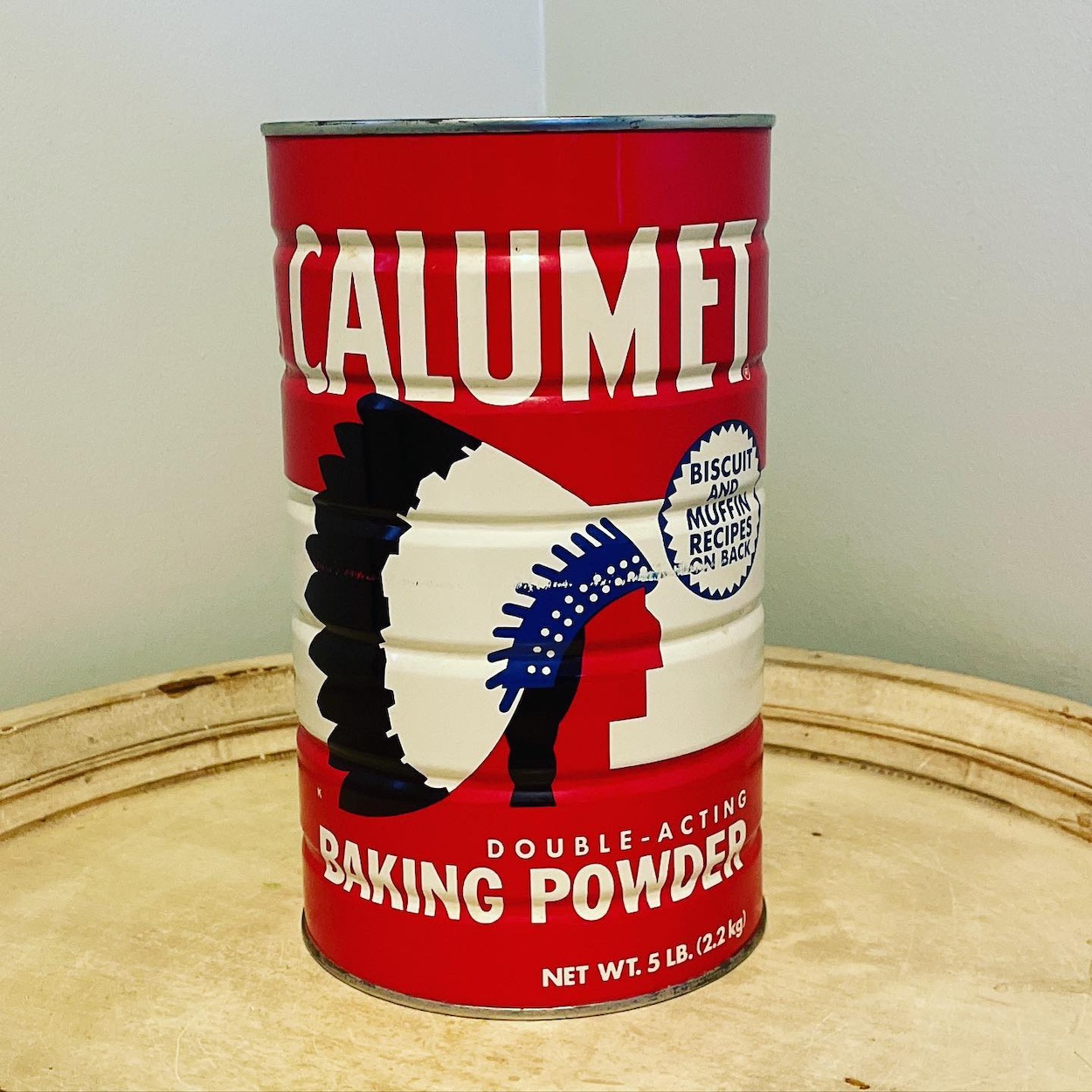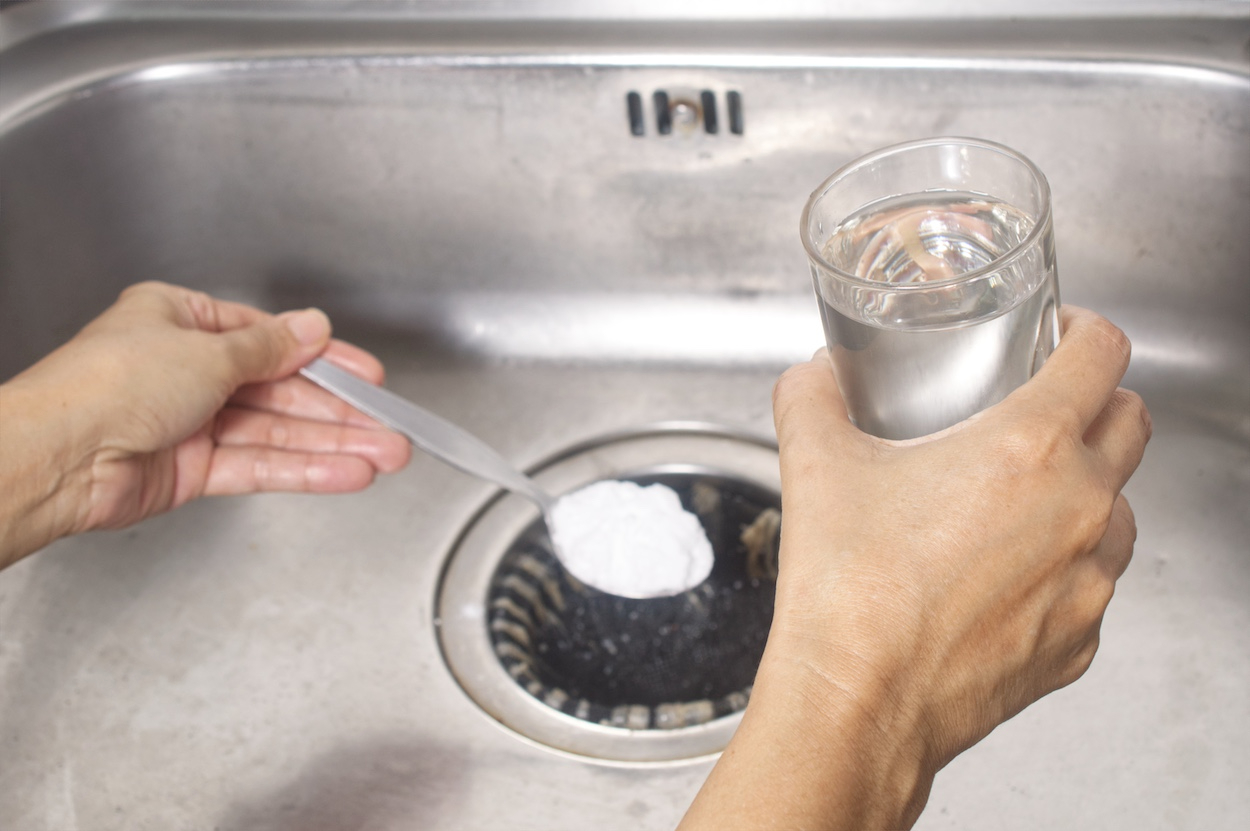What is Baking Soda and How Does it Work?
Baking soda is one of the most common ingredients in the kitchen. Everyone knows the importance of this ingredient in making cakes, breads, and other food items. However, there are some people who confuse baking soda for baking powder. There are also people who do not know that baking soda is also a good cleaning agent. So, what is this compound and how does it work?

Baking Soda as a Chemical Compound
Baking soda is known in the scientific community as sodium bicarbonate. It is a weak alkaline that can interact with and neutralize weak acids. It is crystalline in nature. Manufacturers process sodium bicarbonate crystals into a fine powdery form. This makes it a lot easier to use, whether in cooking or cleaning.
Baking Powder vs. Baking Soda
The main difference in baking soda vs baking powder is that the latter already includes an acid. In most types of baking powder, sodium aluminum sulfate is already combined with sodium bicarbonate. Other formulations use cream of tartar. Baking powder can also contain cornstarch. This can help absorb moisture in the dry ingredients before the addition of any liquid ingredient. As such, baking soda is the necessary ingredient in the making of baking powder.

How Baking Soda Works
Both baking soda and baking powder act as leavening agents when used in baking. They cause the batter to rise. The main function of baking soda is to neutralize the acids in a particular recipe. It also helps the baking powder in raising the batter during the cooking process.
Sodium bicarbonate interacts with the acids in the recipe. Examples of these acids include those found in yogurt, vinegar, buttermilk, cream of tartar, and lemon juice. The chemical reaction leads to the formation of air bubbles that contain carbon dioxide. These carbon dioxide bubbles get trapped in the bread or cake batter. With heat, the bubbles expand or inflate. This leads to the rising of the batter.
Baking soda can also produce air bubbles secondary to heat-induced decomposition. It does not require interaction with an acid for the chemical reaction to occur. Sodium bicarbonate only needs to get exposed to high temperature of at least 176 degrees Fahrenheit to produce gas.
Culinary Uses of Baking Soda
Because of its ability to expand batter and neutralize acids, there are many baking soda uses in cooking. Pancakes are fluffier and softer with the addition of baking soda in the recipe. The same is true with cakes, muffins, and quick breads.
When bakers do not use baking soda in these recipes, they often have to wait a long time for the dough to rise. Relying on yeast alone will not produce a fast-rising dough. Yeast does not produce gas fast enough to hold the shape of the dough. Using baking soda helps speed up the leavening process in breads. It produces gas a lot faster so there is no need to wait a long time.
Baking soda can exert its ability to create carbon dioxide in two phases. The first phase is during the resting stage whereby the dough or batter is allowed to rest at room temperature. The sodium bicarbonate in the dough will react with the other ingredients, allowing the batter or dough to rise in a steady manner.
The second phase occurs when you already put the dough in the oven. Since most recipes call for an oven temperature of at least 350 degrees Fahrenheit (177 in Celsius), this will speed up the process of gas formation. The high heat causes sodium bicarbonate to decompose and produce more gas. At the same time, heat hastens the chemical reaction between the alkaline and acidic ingredients. You can observe the leavening action of sodium bicarbonate in real time.
It is important to remember that the main function of baking soda is to neutralize acids. If the recipe does not call for an acidic ingredient, then there is no need for the addition of baking soda. An ordinary baking powder will suffice. Remember, baking powder already contains baking soda. This will help provide the leavening ingredient in your baked food.

Other Baking Soda Uses
Baking soda is not only useful in the culinary world. It can also serve as an all-purpose cleaning agent. Baking soda cleaning relies on the compound’s alkaline nature. This can help dissolve certain deposits, stains, and build-up. It also acts as a hygroscopic agent, capable of drawing in moisture from the air. It can also absorb odors. Its granular texture can serve as an abrasive compound. Baking soda can remove nasty stains and odors from plastic containers.
Sprinkling some sodium bicarbonate on plastic food containers can help remove stains and nasty odors. It can also help remove the fishy smell in one’s refrigerator. Baking soda can also help absorb any strong food odors. This will help ensure that your food items do not have other flavors in them.
Baking soda and water are also a great solution for cleaning fresh fruits and vegetables. The compound can remove the waxy coating that is often present in store-bought veggies and fruits. There is also the dirt that one has to contend with. Cleaning using baking soda can also address this.
It can also be a good for greasy pans and dishes. The cleaning agent’s abrasive nature can help remove stubborn grease. Baking soda can also help revive sponges that have turned stale. It can deodorize stinky pet beds, carriers, and crates, while also giving your upholstery a fresher scent. Your garbage can will also smell less offensive with a little dusting of baking soda.
You can also eliminate the mildew from your bathroom. Sodium bicarbonate can serve as an eraser for crayon markings on your wall. Stinky and dirty toys will also look brand new with a simple wipe of a baking soda-water solution. When combined with distilled white vinegar, baking soda can address a clogged drain.
Baking soda is a very versatile compound. It helps in the baking of certain food items by neutralizing acids. It also helps give bread and other baked products their fluffy texture. Baking soda is also useful around the house as an all-purpose cleaner and deodorizer.
On Larchmont, the Rite Aid carries one-pound boxes of Arm & Hammer baking soda, though it’s always out of stock. The next nearest retailer could be the Pavilions on Vine Street by Melrose Avenue.